Welcome to Monthly Marvels—our new blog series featuring the many wonders of Point Reyes National Seashore. In celebration of the series launch, we’re offering the December 2024 issue in a printable format—feel free to put it on your fridge or carry it as a guide in your backpack! Look out for the January 2025 issue next month on the December full moon.

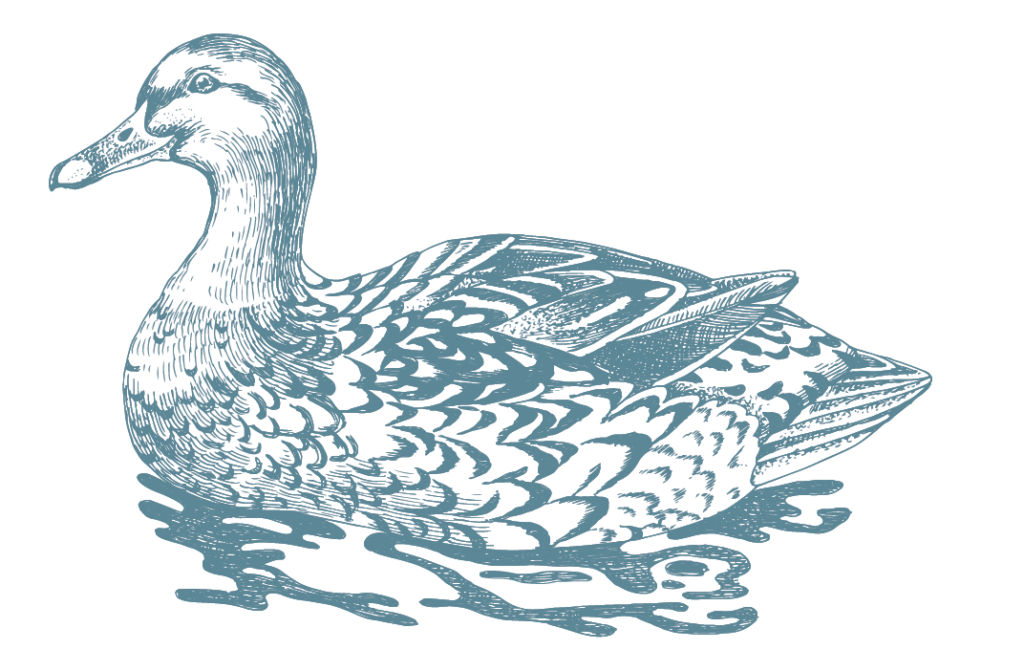
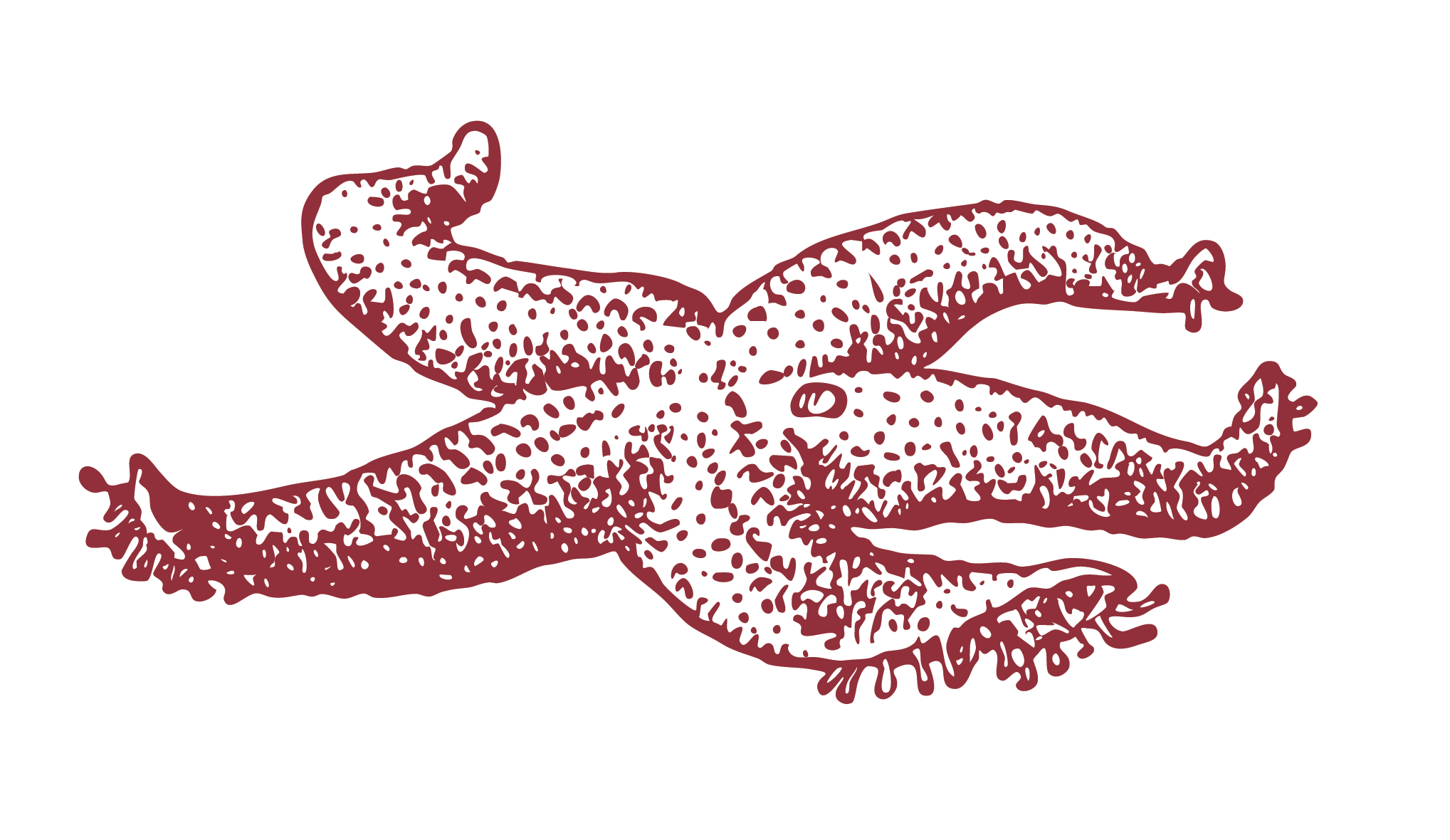
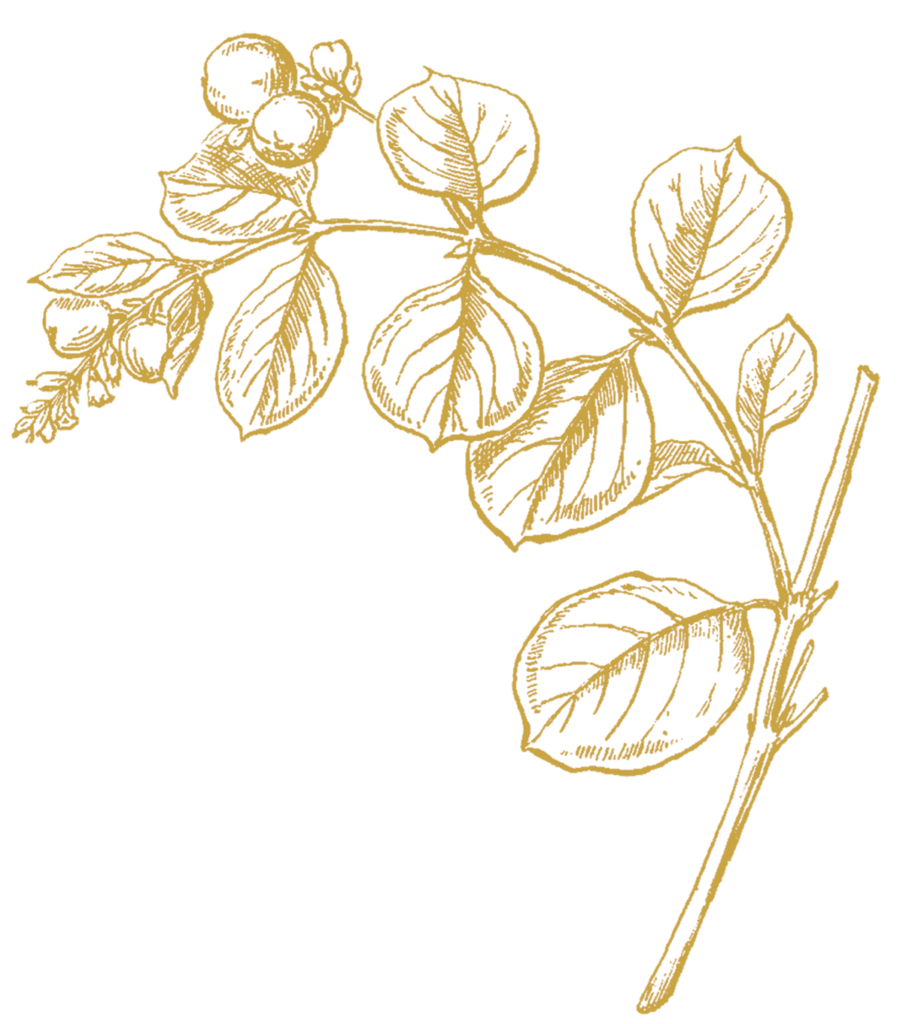
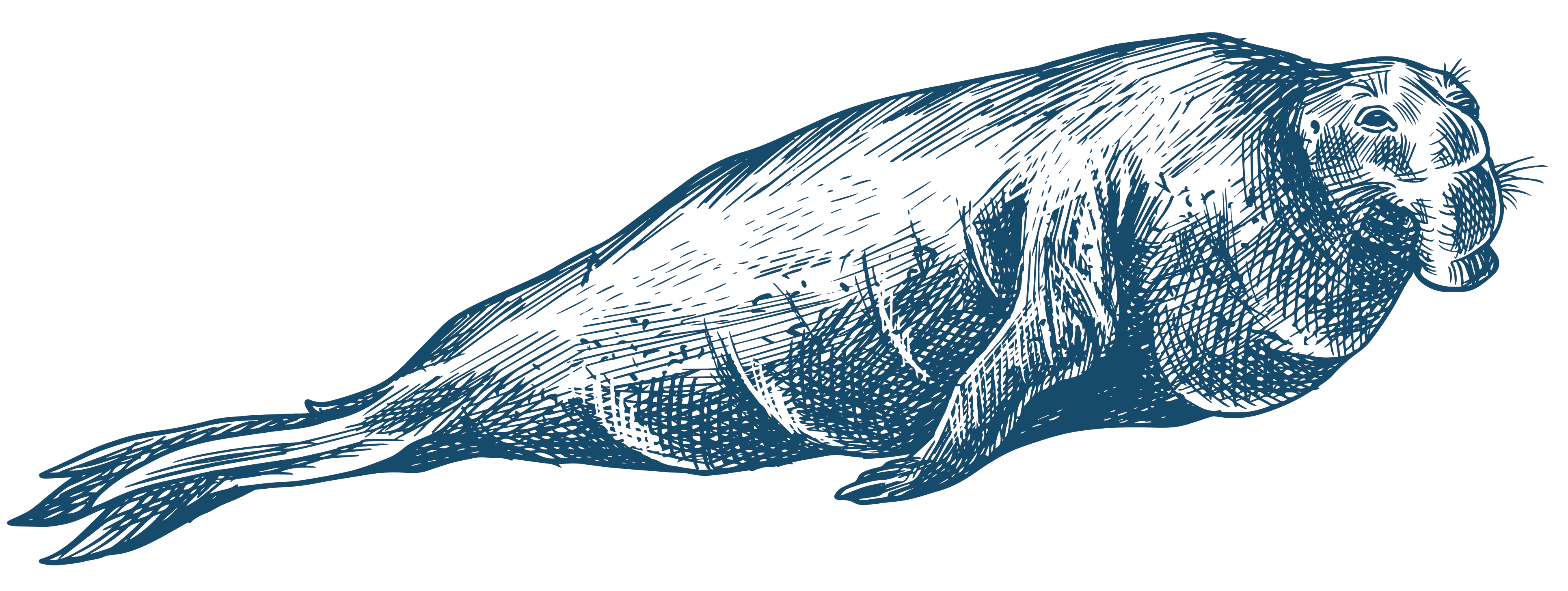
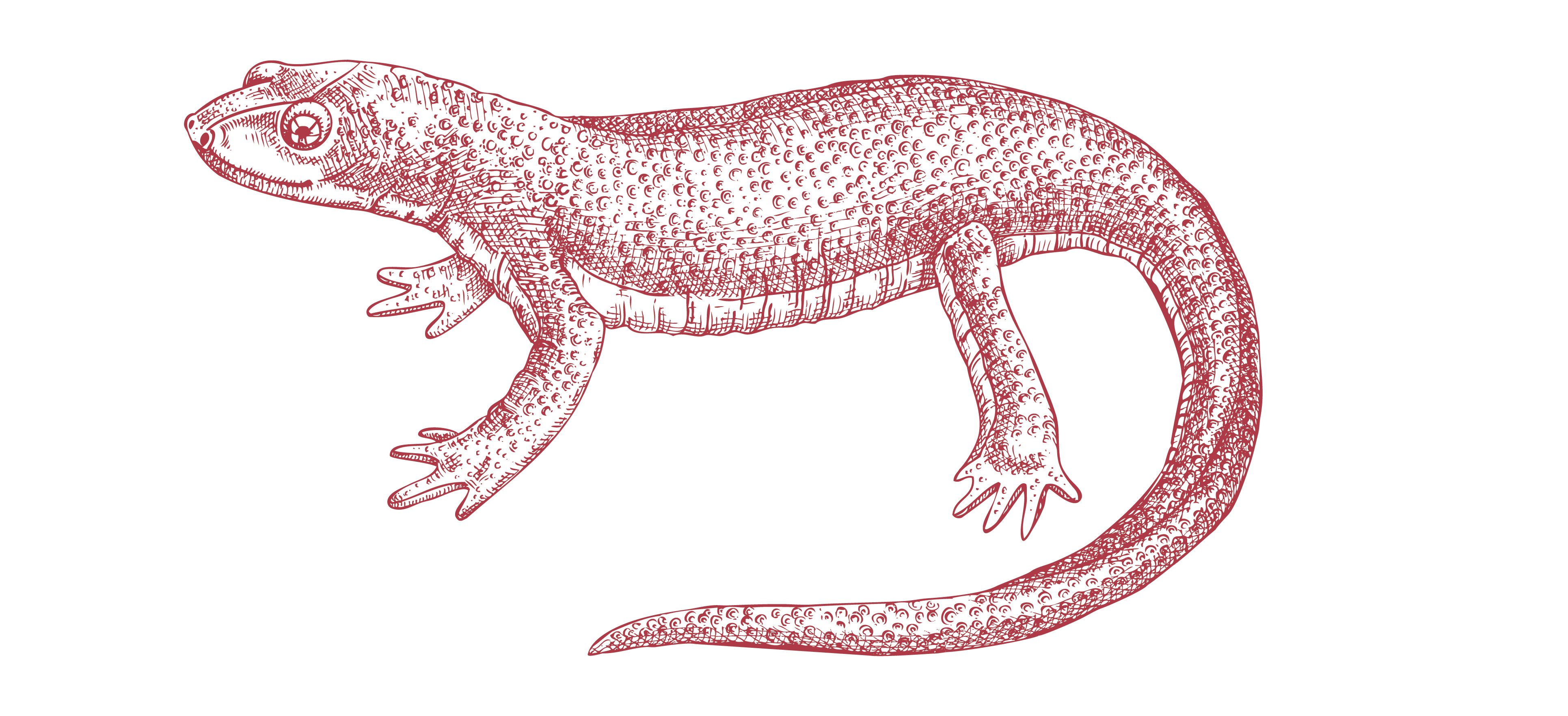
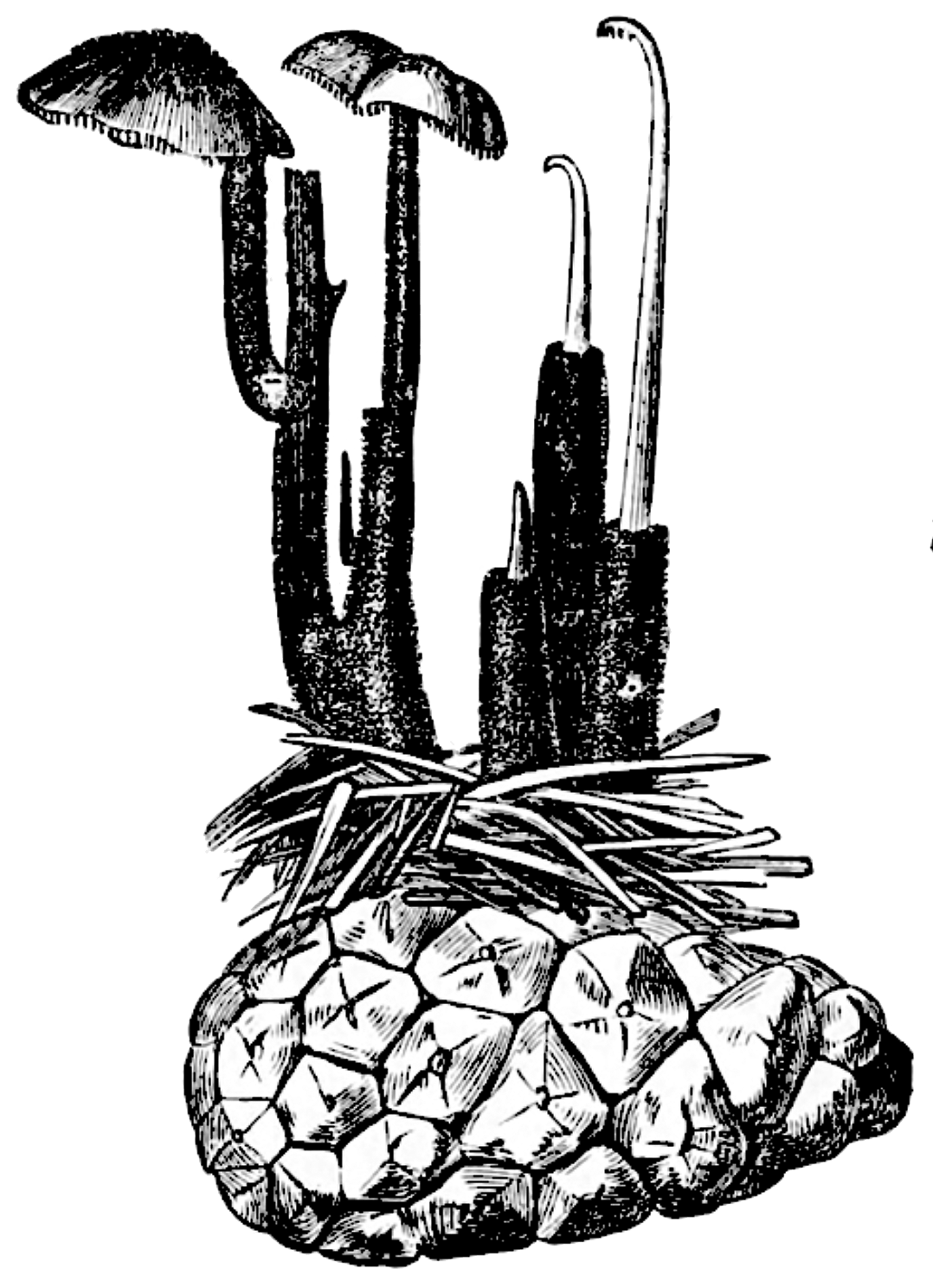
Sunday, December 1st
1. New Moon Magic & The Seven Sisters
Today is the December new moon. In collaboration with DarkSky West Marin, Point Reyes National Seashore is working to preserve our dark skyscape. Here, the Pleiades—or the seven sisters—are visible to the naked eye as a dim fuzzy patch. While these seven stars are most prominent, this small portion of the sky is known as an open-star cluster, and contains more than one thousand stars.
Take a look at the night sky tonight—can you see the Seven Sisters?
Throughout December
2. Waterbirds on Tomales Bay
In some years, it is estimated that 35,000 waterbirds—from ducks to loons to grebes—migrate to Tomales Bay, where they spend their winters. The eelgrass community flourishing on the bay floor provides a nursery for fish and invertebrates, which help nourish these wintering birds.
Grab a pair of binoculars and hike to Marshall Beach (~2.4 miles roundtrip), where you may observe large flocks of waterbirds diving, feeding, and preening.
Friday, December 13th
3. King Tides
Today through December 15th are the king tides—the highest tides of the year followed by extreme low tides.
Go tidepooling during one of the low tides! The uniquely low water levels expose rarely seen tidepools and new opportunities to see incredible organisms. Be sure to check tide tables and tread lightly!
Throughout December
4. Snowberry in the Burn Zone
Snowberry has readily regrown in the Woodward Fire burn zone, its white berries in stark contrast with black burn scars on the trees. Snowberry primarily regenerates using its root-like rhizomes, which are able to sprout after fires. Wildlife benefits from the winter fruit, which grows at a time while most other native plants are in different life stages.
Hike on Sky Trail, where you may glimpse snowberries growing in the Woodward Fire Burn zone—and help document Woodward Fire recovery at one of our photo monitoring sites.
Starting Mid-December
5. Deep Divers of the Sea
During migrations to and from Point Reyes, elephant seals can dive over a mile into the ocean’s depths to take power naps and forage while avoiding predators. As they dive, their heart rates creep down to five beats per minute, and high levels of carbon monoxide in their blood slows oxygen use—adaptations which allow them to hold their breath for up to 1.5 hours.
Walk 0.3 miles to the Elephant Seal Overlook to see newly arrived elephant seals, or head to one of our visitor centers to learn more about migrating marine mammals.
Throughout December
6. Newt Migration
Starting during the first winter rains, California newts migrate to their natal grounds where they were born. The newts emerge from their sheltered summer homes under logs and rocks and venture to their watery winter breeding grounds in ponds, lakes, and slow-moving streams.
Spend time at one of Point Reyes’ ponds or streams and observe the watery wildlife—you might even spot a newt!
Throughout December
7. Ear-Pick Fungus
If you look closely at fallen Douglas fir cones, you may spy the spiky, spore-bearing teeth of an ear-pick fungus—an icky name for this dainty mushroom. Luckily, they have another common name—pinecone mushroom. Mycologist Michael Kuo describes one as “a little periscope sent up from a pine-cone submarine.”
Hike to Firtop—the second highest peak in Point Reyes covered in magnificent Douglas firs (accessible through the Greenpicker Trail, which starts at the Five Brooks Trailhead). You Look out for an ear-pick fungus sprouting on a cone!



